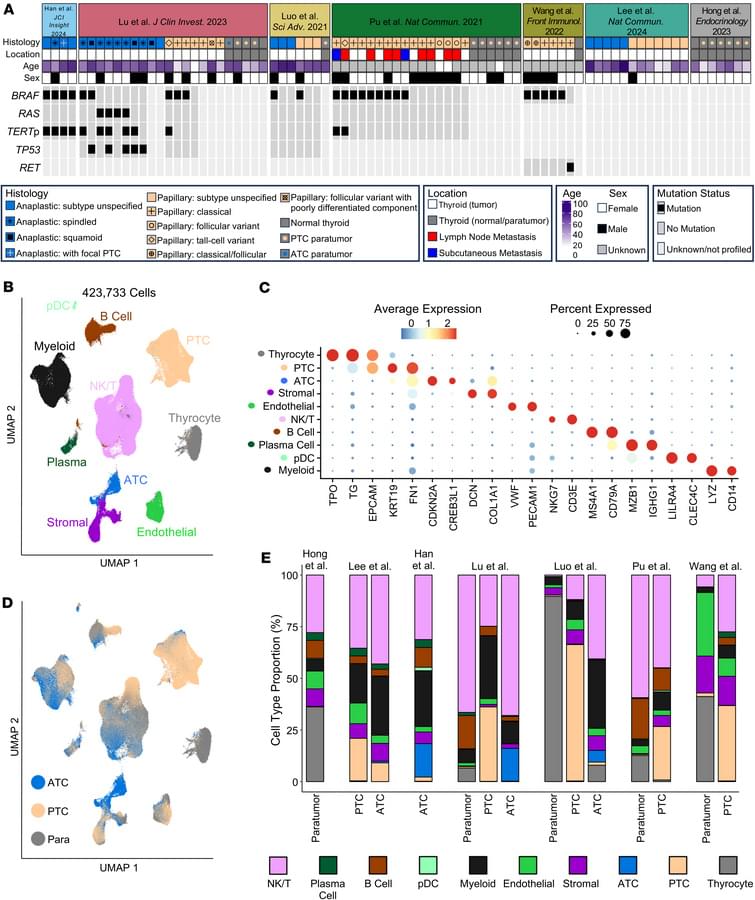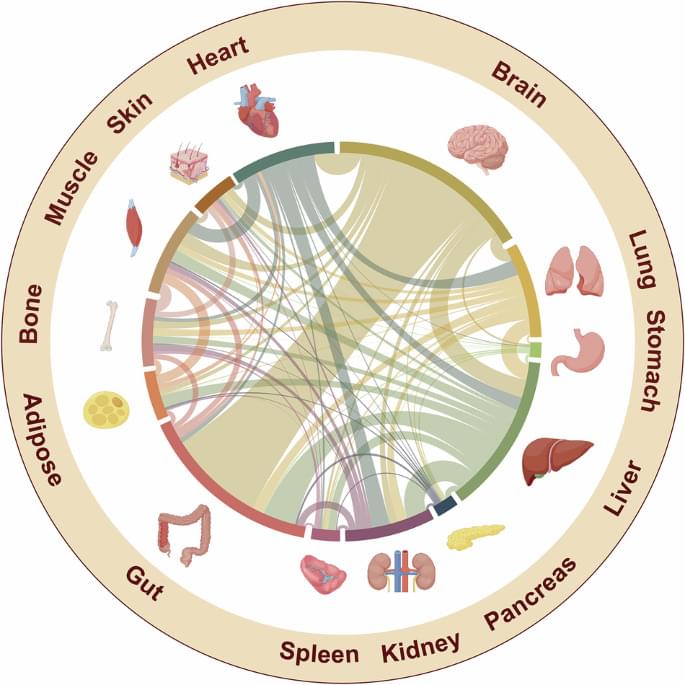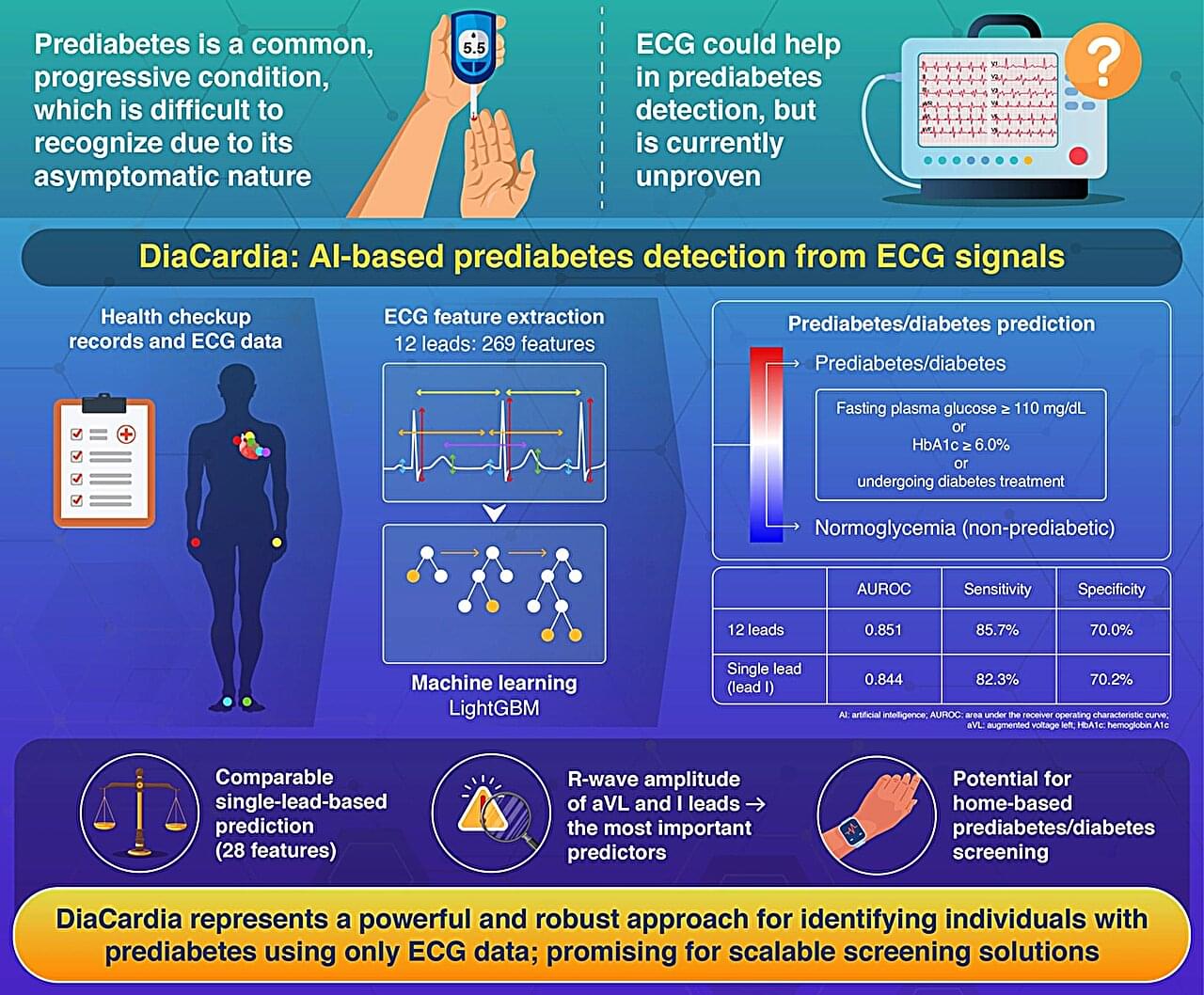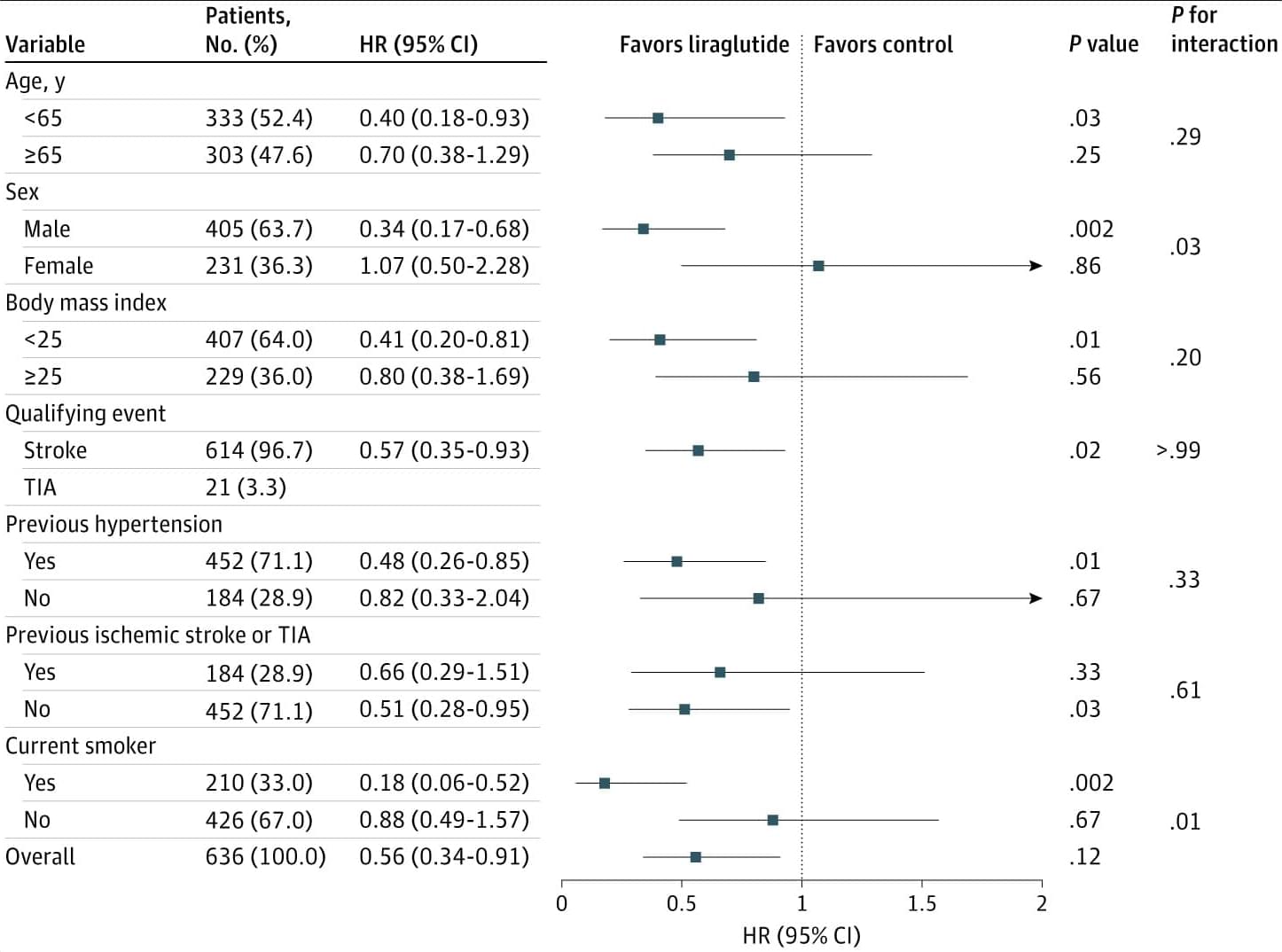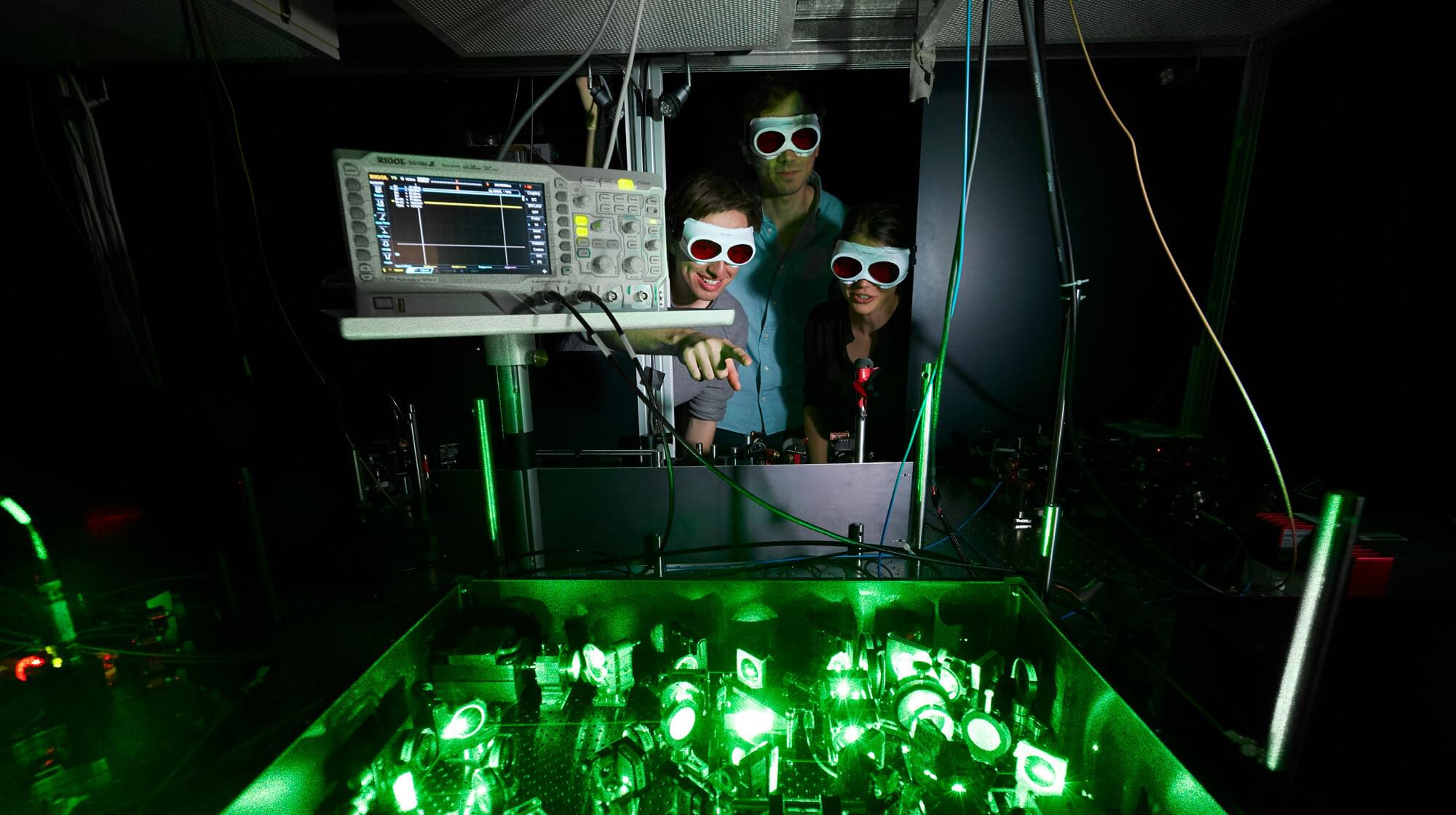Here, Vivian L. Weiss & team highlight stromal tumor-dynamics occurring across the spatial evolution of thyroid cancer from indolent to lethal disease, identifying a prognostic invasive cell subtype:
The figure shows two distinct patterns associated with anaplastic thyroid carcinoma.
6The Francis Crick Institute, London, United Kingdom.
7Institute of Interdisciplinary Research (IRIBHM), Universite Libre de Bruxelles, Brussels, Belgium.
8Department of Laboratory Medicine and Pathology, University of Washington School of Medicine, Seattle, Washington, USA.
